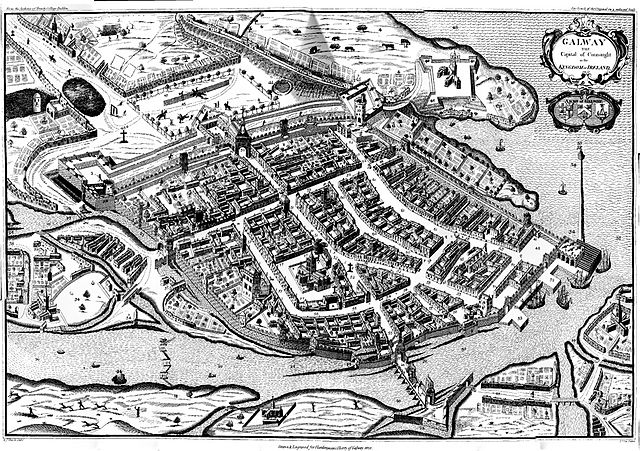Charles II of England
King of England, Scotland and Ireland (more...)
Reign: 29 May 1660[a] – 6 February 1685
Coronation: 23 April 1661
Predecessor: Charles I (1649)
Successor: James II & VII
King of Scotland:
Reign: 30 January 1649 – 3 September 1651
Coronation: 1 January 1651
Predecessor: Charles I
Successor: Military government
Born: 29 May 1630 (N.S.: 8 June 1630)
St James's Palace, London, England
Died: 6 February 1685 (aged 54)
(N.S.: 16 February 1685)
Whitehall Palace, London, England
Burial: 14 February 1685
Westminster Abbey, London, England
Spouse: Catherine of Braganza (m. 1662)
Illegitimate children:
James Scott, 1st Duke of Monmouth
Charlotte FitzRoy, Countess of Yarmouth
Charles FitzCharles, 1st Earl of Plymouth
Catherine FitzCharles
Charles FitzRoy, 2nd Duke of Cleveland
Henry FitzRoy, 1st Duke of Grafton
Charlotte Lee, Countess of Lichfield
George FitzRoy, 1st Duke of Northumberland
Charles Beauclerk, 1st Duke of St Albans
Charles Lennox, 1st Duke of Richmond
Lady Mary Tudor
House: Stuart
Father: Charles I of England
Mother: Henrietta Maria of France
https://en.wikipedia.org/wiki/Charles_II_of_England
Catherine of Braganza
Tenure: 21 May 1662 – 6 February 1685
Born: 25 November 1638
Palace of Vila Viçosa, Vila Viçosa, Portugal
Died: 31 December 1705 (aged 67)
Bemposta Palace, Lisbon, Portugal
Burial: Pantheon of the House of Braganza, Lisbon
Spouse: Charles II of England
(m. 1662; died 1685)
House: Braganza
Father: João IV of Portugal
Mother: Luisa de Guzmán
Religion: Catholic Church
https://en.wikipedia.org/wiki/Catherine_of_Braganza



